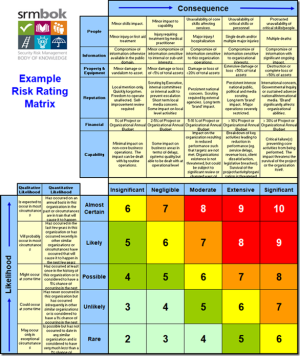 Baudrillard (1929-2007) articulates well the myths of our consumer society in The Consumer Society, Myths and Structures (1998, Sage, London). In this deconstruction Baudrillard builds on the work The System of Objects and demonstrates how humans make objects ‘sacred’ through symbolism, consumption, power, myth, ritual and adoration. He states:
Baudrillard (1929-2007) articulates well the myths of our consumer society in The Consumer Society, Myths and Structures (1998, Sage, London). In this deconstruction Baudrillard builds on the work The System of Objects and demonstrates how humans make objects ‘sacred’ through symbolism, consumption, power, myth, ritual and adoration. He states:
‘Consumption, as a new tribal myth, has become the morality of our present world.’
Here we see the joining of myth and symbol with ethic, and Baudrillard is excellent at demonstrating the power of ‘symbolic exchange’ as commodity. He states:
‘Just as medieval society was balanced on God and the Devil, so ours is balanced on consumption and its denunciation. Though at least around the Devil heresies and black magic sects could organize. Our magic is white. No heresy is possible any longer in a state of affluence. It is the prophylactic whiteness of a saturated society, a society with no history and no dizzying heights, a society with no myth other than itself.’
This is the real challenge of myth, that is not necessarily bad in itself but rather the ethical and morality that emerges out of it. He argues convincingly that there is little difference between the myths of ‘primitive society’ and corresponding myths of today, associated with consumerism.
The fixation of humans on objects and the sacralisation of objects comes under heavy criticism including, the ‘fetishization’ of the human body. We see this evidenced in all that is connected to bodily harm in the name of fashion, beauty, power, ritual, sexualisation, pornography, gendered power, tik-tok display, Technique, marketing, propaganda, narcissism and the body as object.
Baudrillard shows how much of what humans do, projects power onto the object as a distraction from genuine meaning and purpose. The distraction of the object and the myths made symbolically of objects, empowers the consumer myth. The consumer myth distracts from the centrality of greed and private wealth by the few. We saw this recently reinforced by Frances Haugen who demonstrated clearly that Facebook and associated media knowing cause harm, particularly the harm of young women. Such is the priority of the objectivization of persons. This notion of harm makes the fixation of safety with objects pale into insignificance.
There is no mythical power without symbolisation and objectivation.
Whenever we look at symbolization in safety we should always ask where is the power and who benefits, from the creation of a myth.
All of this consumerism discussed by Baudrillard creates a society with an anxiety epidemic and growing demand on the health system and mental health system. Yet to criticise the consumer myth as one of the greatest causes of harm is anathema to the myths of affluence and accumulation. You certainly don’t read about such criticism in safety. Much easier to count paper cuts, LTIs and TRIFR rates.
Even when Safety raises discussion about mental health or psychological harm it is always in the context of legislation and regulation and never in the context of ethics and ideology. The latest marketing on ‘gendered harm’ by Worksafe Victoria as some metaphysical monster exemplifies how Safety shifts the focus away from what matters to the focus on objects (regulation).
The elephant in the room is of course the misuse and abuse of power, never discussed in the AIHS BoK Chapter on ethics, remarkable!
This is how Safety works, by distraction and myths so that nothing will change but gives the appearance of a simple campaign proposing a simplistic binary solution. The avoidance of complexity and critical thinking enables the status quo. In a similar way the fixation of Safety on positivity further enables things to stay as they are and the power of those who benefit from the system. Nothing is more sinful and eviller than criticism of safety myths or even proposing that safety models are myths.
So, for an industry that preaches ‘zero harm’ it is amazing that some of the greatest harm is untouched in safety discourse. You certainly won’t see the work of Baudrillard in any safety curriculum nor any discussion of safety myths associated with the symbolism of objects. Such is the myth that safety is about the control of hazards.



Do you have any thoughts? Please share them below